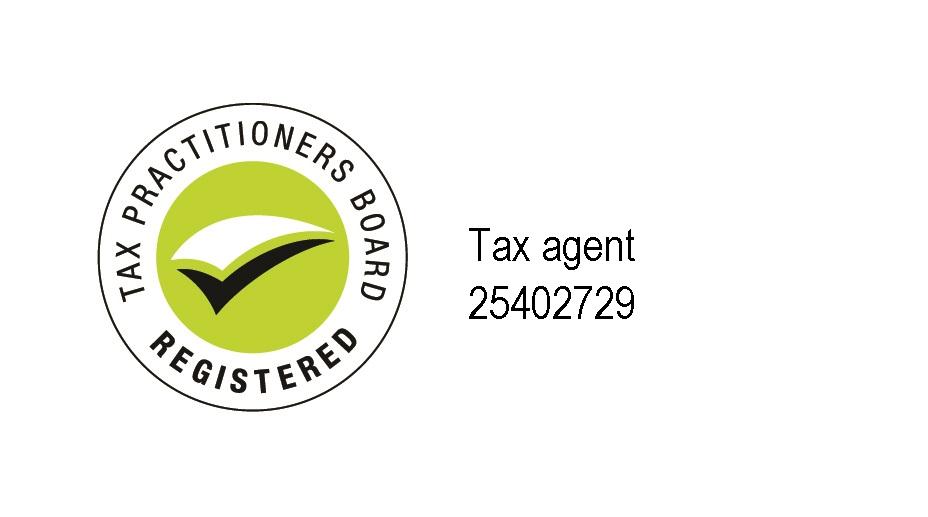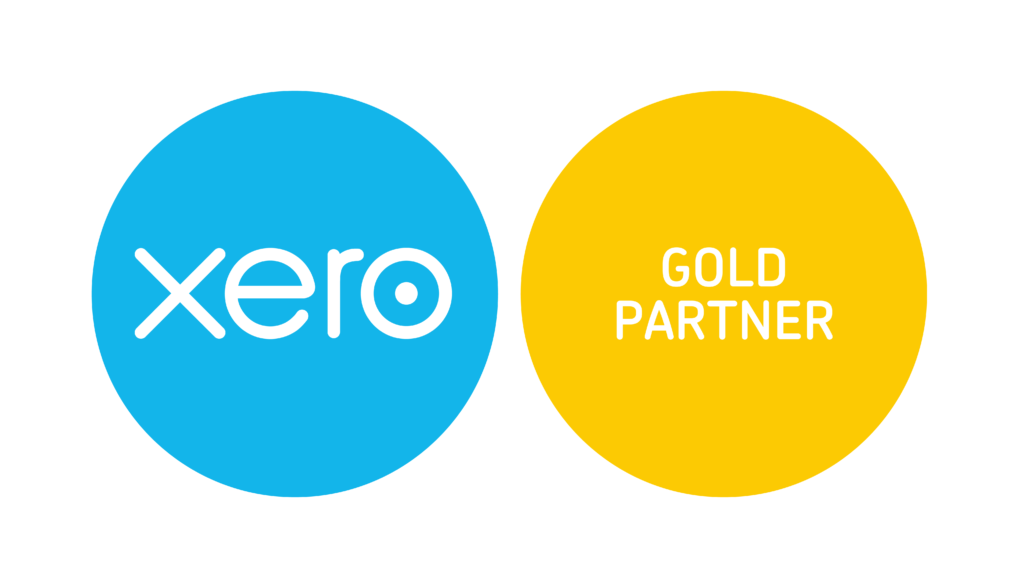JobKeeper Wages Subsidy

Key Points:
- The Government expects up to 6 million people will access a $1,500 fortnightly wage subsidy.
- The so-called JobKeeper payment is designed to keep people in work.
- The Government will also lift the means-testing threshold for the partners of JobSeeker recipients.
The Government has announced that businesses will receive a fortnightly wage subsidy, of up to $1,500 per employee, in the Federal Government’s attempt to prevent millions of people from losing their jobs due to the coronavirus pandemic.
The subsidy is the nucleus of a $130 billion economic stimulus package, the third and largest package the Government has announced in response to the coronavirus.
The Prime Minister, Scott Morrison said he expected 6 million Australians would access the ‘JobKeeper’ payment for the next six months, and that there would be a legal obligation on employers to ensure they passed the full wage subsidy onto employees.
The Proposed JobKeeper Payment
The Federal Government has announced (as part of its Coronavirus Stimulus Package) the introduction of a new JobKeeper Payment to assist eligible employers (and self-employed individuals) who have been impacted by the Coronavirus pandemic to continue to pay their workers.
The following is a broad summary of the key aspects of the proposed JobKeeper Payment, based on the Government’s Joint Media Release dated 30 March 2020 and the information that is currently available on the Treasury website at www.treasury.gov.au. The Government intends to introduce legislation into Parliament to give effect to the JobKeeper Payment measure.
The Government also announced that the partner income test will be relaxed to ensure that an eligible person can receive JobSeeker Payment (and the associated Coronavirus supplement) where their partner earns less than $3,068 per fortnight (around $79,762 per annum).
1. What is the JobKeeper Payment?
The JobKeeper payment is a subsidy that will be paid through the tax system (i.e., by applying to the ATO) to eligible employers (and self-employed individuals) impacted by the Coronavirus.
Eligible employers will be able to claim a subsidy of $1,500 per fortnight, per eligible employee, from 30 March 2020 (with payments commencing from the first week of May 2020), for a maximum period of six months. This subsidy will be paid by the ATO monthly in arrears and will ensure that an eligible employee receives a gross payment (i.e., before tax) of at least $1,500 per fortnight.
Self-employed individuals (i.e., businesses without employees) can also qualify to receive the JobKeeper Payment.
2. When is an employer or business eligible for the JobKeeper Payment?
Employers will be eligible for the JobKeeper subsidy where:
- for a business with a turnover of less than $1 billion – its turnover will be reduced by more than 30% relative to a comparable period a year ago (of at least a month); or
- for a business with a turnover of $1 billion or more – its turnover will be reduced by more than 50% relative to a comparable period a year ago (of at least a month); and
- the business is not subject to the Major Bank Levy.
Self-employed individuals (i.e., businesses without employees) and not-for-profit entities (including charities) that satisfy the above requirements will be eligible to apply for the JobKeeper Payment.
3. When can the JobKeeper Payment be claimed in respect of an employee?
Before an eligible employer can claim the JobKeeper payment in respect of an employee (‘eligible employee’), the employee must satisfy the following requirements:
- The employee is currently employed by the employer (which includes an employee who has been stood down or re-hired after they had already lost their job).
- The employee was employed by the employer as at 1 March 2020.
- The employee is a full-time or part-time employee, or a long-term casual employee who has been employed by the employer on a regular basis for longer than 12 months at 1 March 2020.
- The employee is at least 16 years of age.
- The employee is an Australian citizen, or the holder of a permanent visa, a Protected Special Category Visa Holder, a non-protected Special Category Visa Holder who has been residing continually in Australia for 10 years or more, or a Special Category (Subclass 444) Visa Holder.
- The employee is not in receipt of a JobKeeper Payment from another employer.
- In practical terms, this means that eligible employers will receive the JobKeeper
Payment for each eligible employee who was on the employer’s books on 1 March 2020 and continues to be engaged by that employer (including full-time, part-time, long-term casuals and stood down employees).
Employees who have multiple employers will need to notify their primary employer to claim the JobKeeper Payment on their behalf, as only one employer will be eligible to receive the payment. In most cases, the claiming of the tax-free threshold will be sufficient notification that an employer is the employee’s primary employer.

4. How does a business apply for the JobKeeper Payment?
Initially, businesses can start to register their interest in applying for the JobKeeper payment from 30 March 2020, on the ATO’s website at www.ato.gov.au. The first payments under this measure are expected to be made to an eligible business from the first week of May 2020.
Eligible employers that apply for the JobKeeper Payment (i.e., via an online application) will need to provide supporting information demonstrating a downturn in their business and must report the number of eligible employees employed by the business on a monthly basis.
Businesses without employees (e.g., self-employed individuals) will need to provide an ABN for the business, nominate an individual to receive the JobKeeper payment and provide that individual’s Tax File Number, as well as provide a declaration on the recent business activity (presumably, to demonstrate the downturn in the business). These businesses will also need to provide a monthly update to the ATO in order to declare their continued eligibility for the JobKeeper Payment.
It is expected that more information will be provided about applying for the JobKeeper Payment, for businesses with employees and for the self-employed, on the ATO’s website.
5. How is the JobKeeper payment applied by an eligible business?
The underlying purpose of the JobKeeper Payment is to ensure that eligible workers (including eligible employees) are paid a gross minimum amount of $1,500 per fortnight. In particular, for eligible employers who receive the JobKeeper Payment for an eligible employee, the employee will receive this payment basically as follows:
- If the employee ordinarily receives at least $1,500 in gross salary income per fortnight, they will continue to receive their regular income according to their prevailing workplace arrangements. In this case, the JobKeeper Payment will effectively subsidise part or all of the employee’s gross fortnightly salary income.
- If the employee ordinarily receives less than $1,500 in gross salary income per fortnight, their employer must pay the employee a minimum gross fortnightly salary income of $1,500 under the JobKeeper Payment scheme.
- If an employee has been stood down, their employer must pay the employee a minimum gross fortnightly salary income of $1,500 under the JobKeeper Payment scheme.
- If an employee was employed on 1 March 2020, has subsequently ceased employment with their employer, and then has been re-engaged by the same employer, the employee will receive a minimum gross fortnightly salary of $1,500 under the JobKeeper payment scheme.
An eligible employer receiving the JobKeeper Payment in respect of one or more employees will be required to notify each employee that they have been nominated as eligible employees for the employer to receive the payment. Furthermore, an eligible employer has the option of choosing whether or not to provide superannuation guarantee support in respect of any additional salary income (to the extent that it relates to the JobKeeper Payment) paid to an eligible employee by an employer.
Where an employer receives the JobKeeper Payment for an eligible employee who has been receiving income support through Centrelink (or Services Australia) as a result of having been stood down or their hours being reduced, the employee will need to report the JobKeeper Payment as income, as this could affect their entitlement to such Centrelink support.
If you have any questions or need advice and clarity specific to your situation, feel free to contact Semmens & Co on 03 8320 0320 for a free consultation.







